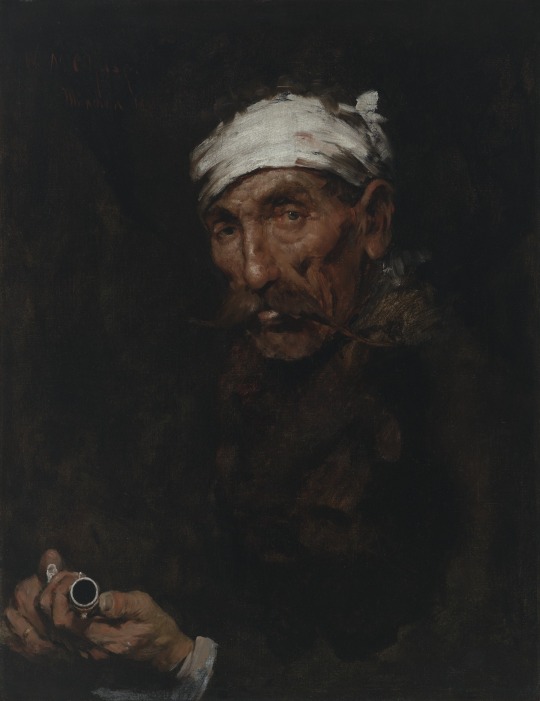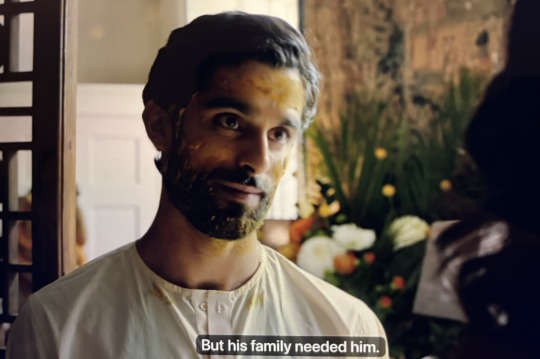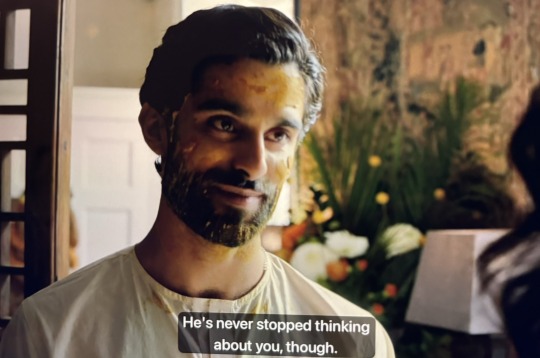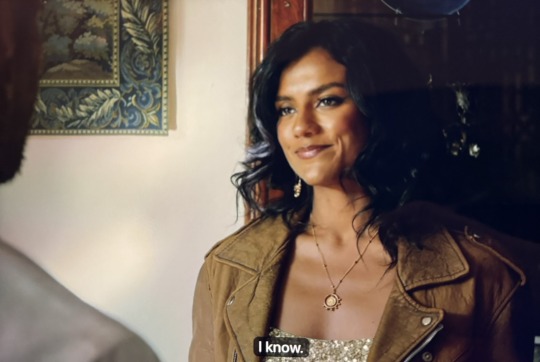i love tumblr but what are we still doing here • she/her • 21+
Don't wanna be here? Send us removal request.
Text
sorry for posting a lot about *remembers this is tumblr* nothing i can post whatever i want forever
211 notes
·
View notes
Text

William Merritt Chase - The Wounded Poacher (1878)
95 notes
·
View notes
Text




kanthony aus are everywhere for those with eyes to see
73 notes
·
View notes
Text
"You could get up early and do it before work" I could also wait for a magic beanstalk to start growing in my living room LMAO. Let's focus on things that happen in the real world
52K notes
·
View notes
Text
wheres the gif of the guy on fire but then he eats a watermelon and hes fine
260K notes
·
View notes
Text
kill the imposter syndrome in your head because not only is there someone out there doing it worse than you, they’re also using chat gpt to do it
126K notes
·
View notes
Note
what kind of blogs do you follow
I follow a wide range of blogs to make sure my own blog content is as inconsistent and annoying as possible
230K notes
·
View notes
Text
CITATION STYLES THUNDERDOME
4K notes
·
View notes
Text

Donkey getting some shade on a hot sunny day in Greece - photographer unknown
7K notes
·
View notes
Text


in a church i visited for a wedding
4K notes
·
View notes
Text

likely thing for liam gallagher to say
7K notes
·
View notes
Text
gagging you with our red string of fate to shut you up for one fucking second
37K notes
·
View notes
Text
man this year is gonna be the year i either die or become someone else i dont know which one maybe both
137K notes
·
View notes






